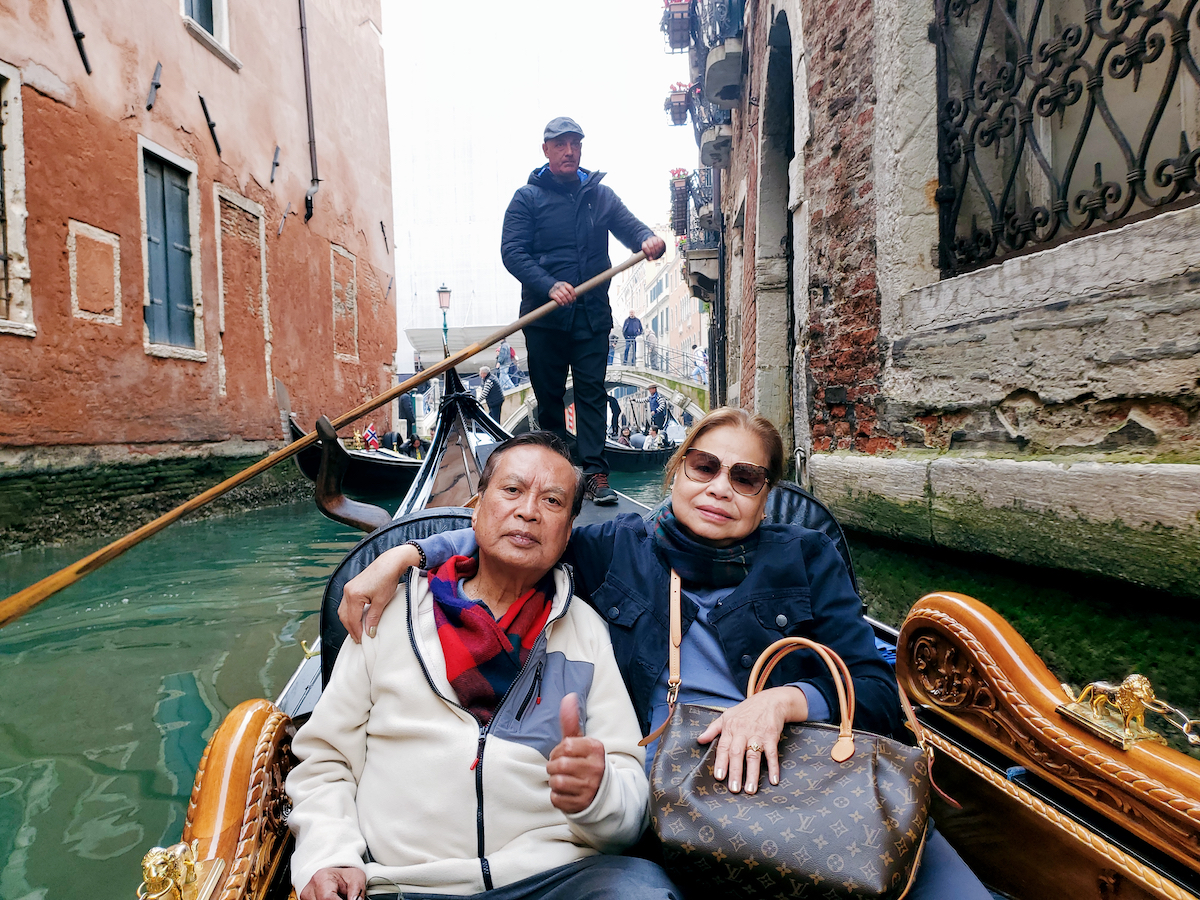So much attention is being given to the pressing issues facing the country today such as poverty, the burgeoning population rate, educational inadequacies, and corruption and other irregularities in the government that the efforts to raise awareness on the importance of promoting and protecting our national heritage are often being overlooked.
National heritage is described as “anything of national significance which is handed down and preserved through generations, especially architecture, landscapes, documents and other artifacts.”
It was in August 11, 2003 when former President Gloria Macapagal-Arroyo issued Proclamation No. 439 which declares the month of May of every year as National Heritage Month in the Philippines, stating that “the State shall conserve, promote and popularize the nation’s historical cultural heritage and resources” and “in recognition of the need to create among the people a consciousness, respect and pride for the legacies of Filipino cultural history and love of country.”
Its clause also states that “there is a need to raise material support for the protection of tangible and intangible heritage.” The tangible heritage includes landscapes, sites and buildings, and works of arts, books, furniture, jewelry and artifacts; while the intangible heritage consists of our local music, cuisine, dances, sports, folk medicine, language, customs and traditions and others.
While organizations are hard at work in setting up activities in line with the celebration, many people do not understand what these activities mean and are simply disinterested in knowing about the efforts in the restoration of the original editions of our national hero Jose Rizal’s Noli Me Tangere from the year 1887 and El Filibusterismo from the year 1891 or seeing the ancient balangay wooden boats displayed at the National Museum or watching Ogie Alcasid sing kundiman songs. There are far more relevant matters to attend to, they will say.
Regalado Trota Jose, archivist of the University of Santo Tomas Archives and head of Subcommission on Cultural Heritage (SCH) of the National Commission for Culture and the Arts (NCCA), believes that heritage “tells us where we came from, and it helps point us in the direction we want to go. It has many lessons for us. It also provides an important part of character as individuals and as a people.” While Jaime Laya, head of NCCA’s Committee on Monuments and Sites, believes that cultural literacy, the ability to recognize achievements of Philippine artistry and an appreciation for history are indicators of well-rounded individuals.
An awareness of cultural heritage and an instillment of cultural values in society also aid in times of tragedy, just as in the case in Japan.
When a 9.0 magnitude quake and tsunami hit northeastern Japan last March 11, resulting to the tragic deaths of close to 15,000 people and extensive damages to property amounting to $310B, people all over the world were amazed by the Japanese people’s way of coping with the catastrophe: survivors in wrecked properties apologizing to rescuers for the inconvenience they caused them, bowing their heads to thank rescuers, queues for water and fuel were single file and people being pictures of calmness despite the excruciating lines, shoes were neatly arranged in the shelters and there was no looting.
A professor of sociology at the University of Kent credits this to the Japanese stoicism part of culture, a cultural concept dating back to the medieval period, when Japan struggled with regime changes, social disruptions and civil wars until the Second World War when atomic bombs were dropped on Hiroshima and Nagasaki.
Amidst all the struggles we as a nation face everyday, it is understandable how we can look at promoting awareness to preserve our national heritage as a frivolous matter. But as events have proven, it is our national heritage that gives us a sense of pride and a sense of belongingness. It is our national heritage that gives us enduring values and shared understanding of our past. It is our national heritage that gives us enlightenment and strengthens our emotional core, especially in times of conflict and despair. And most importantly, it is our national heritage that will help us move forward and mold us to become a great nation.
It is time to have a full appreciation of our roots so we could grow to our full potential.
(www.asianjournal.com)
(NYNJ May 13-19, 2011 Sec A pg.6)
- Alex Eala’s Historic Miami Open Run Ends in Semifinal Battle Against Jessica Pegula
- Navarrete-Suarez junior titleweight showdown takes place May 10 at Pechanga Arena San Diego
- Sr. Mary John Mananzan: ‘Women like men have to be agents of change’
- Cerritos Makes History with Swearing-In of First All-Asian, Female-Majority City Council
Back To Top




